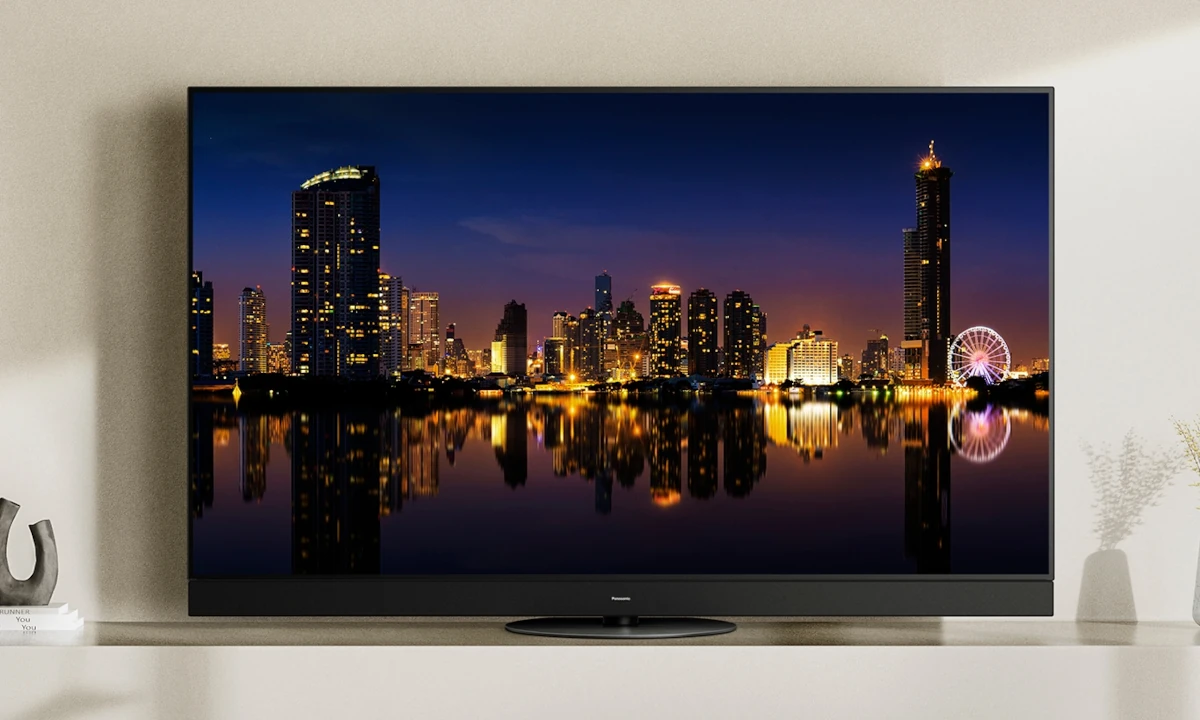
In a world dominated by digital screens, the technology behind our displays plays a significant role in shaping our visual experiences. It’s no longer enough to have a working display—the images need to be sharp, clear and provide the user with an almost life-like viewing experience.
Among the various LCD screen technologies available, OLED (Organic Light Emitting Diode) displays have managed to stand out as a popular and powerful choice, as they allow the consumer to do just that. OLEDs are known for their exceptional color reproduction, stunning contrast ratios, and remarkable thinness. But what sets OLED displays apart from the rest, and why are they often considered a top-tier LCD option for various applications?
This blog post aims to uncover the magic behind OLED displays, delving into their history, highlighting their advantages, and explaining why they are the preferred choice in today’s ever-evolving world of visual technology.
What are OLED displays?
OLED, short for Organic Light Emitting Diode, displays are a type of flat-panel display technology that utilizes organic compounds to emit light when an electric current is applied. Unlike traditional LCDs (Liquid Crystal Displays), which require a backlight to illuminate the screen, OLED displays are self-emissive. This means that each individual pixel in an OLED display generates its light, allowing for precise control over brightness and color. Sound pretty impressive, right? And that’s just scratching the surface.
A glimpse into OLED’s rich history
The story of OLED technology is a journey that stretches back to the mid-20th century. In 1960, at New York University, Martin Pope and Colin Pearson made a groundbreaking discovery of electroluminescence in organic materials. This pivotal moment laid the foundation for the development of OLED displays.
However, it wasn’t until the 1980s that practical OLED displays began to take shape, thanks to the pioneering work of Ching W. Tang and Steven Van Slyke at Eastman Kodak. Their groundbreaking research paved the way for the evolution of OLEDs into a viable display technology that continues to influence various industries today.
What makes OLED displays special
As a type of color LCD, the OLED displays are not only efficient and of elegant design, but have numerous advantages for the consumer. If you’re contemplating an OLED purchase, but you’re still not sure whether it’s the right choice for you, make sure to read the list of its benefits below and maybe that’ll nudge you in the right direction.
Exceptional picture quality: First of all, OLED displays are celebrated for their awe-inspiring picture quality. Since each pixel can be turned on or off independently, OLEDs can achieve true black levels, resulting in infinite contrast ratios. This capability leads to vibrant colors, sharp details, and an overall superior viewing experience that is difficult to match. Watching your favorite movie will be an unmatched experience with the mighty OLED display.
Thin and flexible: One of the most significant advantages of OLED displays is their remarkable thinness and flexibility. These displays are incredibly slim and lightweight, making them suitable for various applications, including ultra-thin smartphones, curved TVs, and even rollable displays. The flexibility of OLED technology allows for innovative product designs that would be challenging with other display types. That’s why today, OLED displays are in high-demand as more people are looking for a type of colored LCD that has a more cutting-edge and sleek design.
Fast response time: Next, OLED displays offer rapid response times, which make them an ideal choice for applications where quick transitions are crucial, such as gaming or virtual reality. Every enthusiastic gamer knows how frustrating it is to experience a lag when engaging in a competitive virtual battle online. This characteristic reduces motion blur and ghosting, providing a smoother and more immersive viewing experience for users.
Energy efficiency: OLED displays are inherently energy-efficient. They only consume power when displaying bright colors or images, as opposed to traditional LCDs that require a constant backlight, which can be a drain on battery life in portable devices. This efficiency leads to longer battery life and extended use for devices such as smartphones and tablets.
Where OLED displays shine
OLED displays have quickly become the top choice for high-end televisions. Their exceptional picture quality, with infinite contrast ratios and vivid colors, provides an unmatched viewing experience for home theaters and entertainment enthusiasts. If you’ve ever dreamt of having a cinema experience from the comfort of your home, OLED displays can make that happen.
Many flagship smartphones and tablets utilize OLED displays to provide vibrant visuals and longer battery life. The flexibility of OLED technology allows for curved or edge-to-edge screens, contributing to the overall aesthetics of the devices.
In addition, OLED displays are gaining prominence in the automotive industry, adorning dashboards and infotainment systems. Their ability to deliver clear and customizable information, even in varying lighting conditions, makes them a preferred choice for modern vehicles.
Finally, wearable devices like smartwatches benefit from the slim and energy-efficient nature of OLED displays. They enable always-on screens without significantly affecting battery life, providing essential information at a glance.
The final word
If you made it till the end of the text, you’re now hopefully more informed on all the ins-and-out of OLED displays. They have emerged as a transformative force in the world of visual technology, offering exceptional picture quality, thin and flexible form factors, fast response times, and energy efficiency. Their journey from scientific discovery to practical applications is a testament to human innovation and the pursuit of better, more immersive visual experiences.
Whether in high-end TVs, cutting-edge smartphones, automotive displays, or wearable devices, OLED displays have established themselves as the choice for those who demand the best in picture quality and design. As technology continues to advance, OLEDs are bound to play an even more significant role in enhancing our daily interactions with screens, ensuring that the future looks bright—quite literally.



![Motorola Moto G9 Play opinions, is it worth it? [2021]](https://techunwrapped.com/wp-content/uploads/2021/02/1462-motorola-moto-g9-play-02-e1612435021334.jpg)